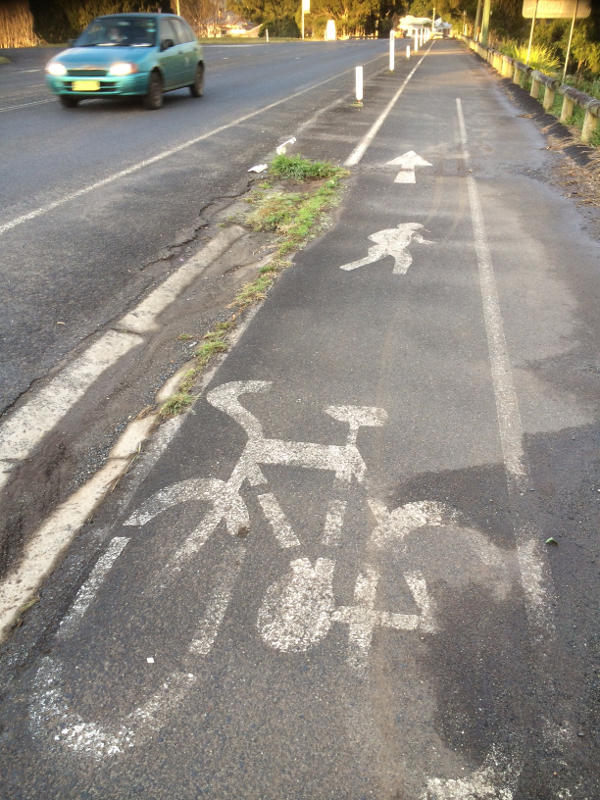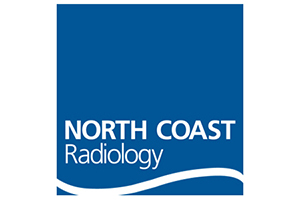A 39-year-old Coorabell woman is in a Brisbane hospital with head and leg injuries after the bicycle she was riding was involved in an accident on Ewingsdale Road near Byron Bay on Wednesday night… The latest accident on that road has sparked a warning by a local cycle club that another cyclist could be killed there unless the cycleway is upgraded all the way to the highway from Byron Bay.
Four cyclists have been injured in accidents on Ewingsdale Road west of McGettigans Lane in the past three years.
Byron Bay Cycle Club told APN Media that Wednesday night’s incident came six months after a well-known local cyclist was killed while cycling along Ewingsdale Rd.
- Echo online 8 August 2014
There’s no doubt that cycling is on a roll, with a boom in bike sales around the country and unprecedented interest in international events, notably the Tour de France, these days(or more accurately nights) televised live in its entirety.
That cycling has a range of health benefits is well known and indisputable, but the down side – quite literally – is that riders are highly vulnerable to serious injury as a result of poor road conditions and the risks posed by morisied traffic.
In a recent profile in The Australian Financial Review, the race director for ‘Endure for a Cure’, Christopher White was asked what would be the one thing he would do to improve the world of cycling. He responded: “The relationship between all road users”.
Alas, news reports such as that above are all too common, both in the Northern Rivers, where several have occurred in recent weeks, and elsewhere in Australia.
While the behavior of drivers often leave much to be desired, cyclists can also play a role in making our roads safer, not least for themselves, as Associate Professor Craig Fry, Centre for Cultural Diversity and Wellbeing at Victoria University, wrote in The Conversation (26/6/14 - Cyclists can do more to be safer on the road (ADD URL)
So, too, can the media, which often portrays a negative view of cyclists and in so doing contributes to the poor, or downright dangerous, behaviour of drivers.
“I suspect if you asked, most regular riders would tell you negative media about cyclists can indeed influence driver behaviour,” wrote Assoc Prof Fry, who averages ten hours on the road each week.
“I have had my own experience of this, the day after the 2012 incident in Melbourne involving an altercation between Shane Warne and a cyclist.
“While cycling to work I encountered a taxi driver who had obviously been influenced by the media attention around the Warne story. He pulled up next to me at an intersection, tooted his horn, wound down his window and shouted: “Warney was right! Why don’t you get off the road you idiot!”
“Next to him was his passenger, an elderly lady, nodding her head in vigorous agreement. I sat there stunned as the taxi driver sped off shaking his fist triumphantly.”
While agreeing with the sentiments in an open letter from Safe Cycling Australia to the Australian media, Assoc Prof added, “If I am being honest though, in my 20-plus years of riding on Melbourne’s roads, I have found the vast majority of drivers do the right thing when it comes to cyclists. Most drivers are sensible and respectful… The vast majority of cycling trips made each day in the world are positive, enjoyable, and worthwhile – the benefits of cycling far outweigh the risks and harms.”
In his view, the balance would be even more favourable if cyclists avoided the following behaviours -
-
disobeying road rules such as running red lights
-
abuse of drivers and pedestrians
-
riding at high speeds on footpaths or shared pedestrian-bike paths
-
failing to signal directional changes or approaches to other riders and pedestrians (such as hand signals, vocal warnings, bike bell)
-
wearing earphones or headphones while riding
-
riding into tight spaces and weaving in between moving cars
-
mobile phone use while riding
-
riding without a helmet
-
riding without lights.
“My main point,” he stressed, “is that cyclists of all types and levels can do more to be safer on the road. As vulnerable road users we should take more responsibility for modelling safer on-road and in-traffic riding behaviour.
“Sure, there is room for improvement in driver attitudes and behaviours too. But ultimately cyclists can do little to control what drivers do. What we can control are the decisions we make, and the behaviour we display each and every time we ride.
“Focusing our efforts and energy on the things we do as road-users is a more positive and proactive approach than merely pointing the finger at problems caused by a minority of drivers.
“It is also likely to be a quicker pathway to earning respect as legitimate road users, and making a real difference towards improved cycling safety.”
















